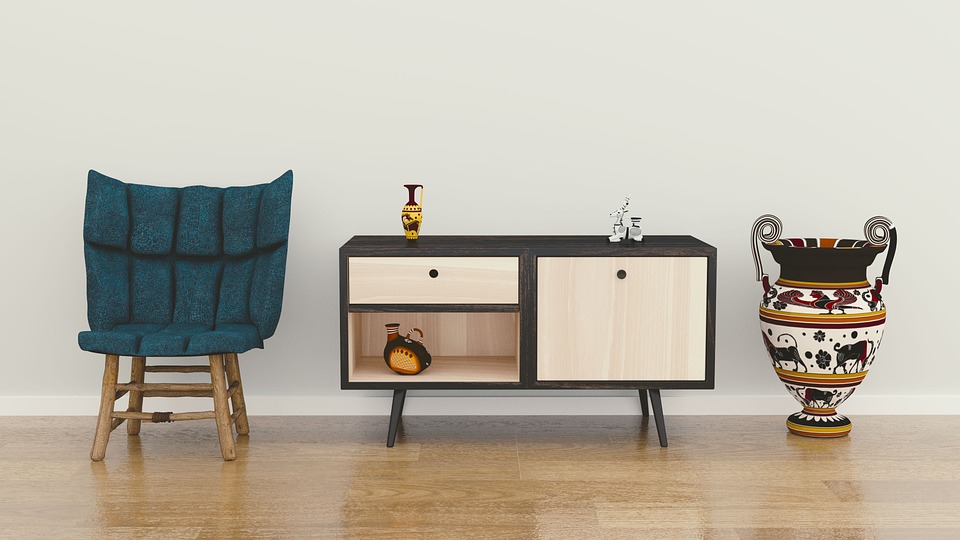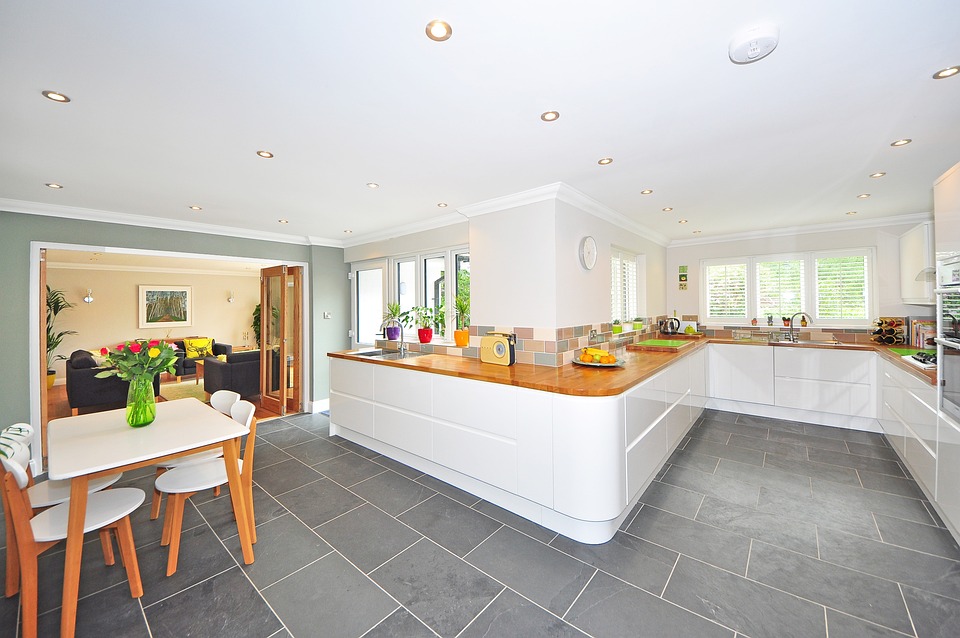Unveiling the Beauty of Layered Textures: Exploring the Artistic World of Multidimensional Surfaces
Introduction:
In the realm of art, textures play a pivotal role in creating captivating and visually stimulating masterpieces. The interplay of different textures not only adds depth and dimension to an artwork but also evokes a myriad of emotions within the viewer. The beauty lies in the layers, the multidimensional surfaces that invite us to explore and delve into a world where artistry and imagination intertwine. In this blog article, we will embark on a journey to unravel the enchanting allure of layered textures and the artistic possibilities they offer.
Understanding Layered Textures:
Layered textures encompass a wide range of artistic techniques that involve the application of multiple materials or mediums to create depth and complexity. By juxtaposing various textures, artists can bring their creations to life, instilling a sense of tactile realism and visual interest. Whether it’s a painting, sculpture, or mixed media artwork, the layering process allows artists to build upon their initial foundation, adding richness and intricacy that captivates the viewer’s gaze.
The Dance of Light and Shadow:
One of the most captivating aspects of layered textures is the interplay between light and shadow. As light falls upon a textured surface, it casts shadows and highlights that accentuate the intricacies of the layers. This dance of light and shadow creates a dynamic visual experience, enhancing the overall impact of the artwork. Artists often employ techniques such as impasto, where thick layers of paint are applied, or collage, where various materials are layered together, to achieve this captivating effect.
Exploring Mixed Media:
Mixed media art is a realm where the possibilities of layered textures truly come to life. By combining different materials, such as paper, fabric, metal, and found objects, artists can construct multidimensional surfaces that transcend traditional boundaries. The layering of these diverse elements adds depth, texture, and a sense of discovery to the artwork. Mixed media artists often experiment with unconventional techniques, pushing the boundaries of creativity and challenging the viewer’s perception.
Transcending the Visual Realm:
While layered textures primarily engage our sense of sight, they also have the remarkable ability to evoke other sensory experiences. The tactile quality of textured surfaces can elicit a desire to touch and explore, bridging the gap between the visual and tactile realms. Artists often use techniques like relief sculpture, where three-dimensional elements are incorporated, to create an immersive and interactive experience for the audience. The combination of visual and tactile stimuli deepens our connection with the artwork, making it a truly multisensory encounter.
FAQs:
1. What are some common materials used for creating layered textures?
Artists often use a variety of materials, including acrylic paints, oil paints, textured gels, modeling paste, collage materials, fabric, paper, and found objects. The choice of materials depends on the desired effect and the artist’s individual style.
2. How can layered textures enhance the emotional impact of an artwork?
Layered textures have the power to evoke a wide range of emotions. The depth and complexity created by the layers can add a sense of mystery, intrigue, or even turmoil to the artwork. Textures can also evoke feelings of nostalgia, comfort, or excitement, depending on their visual and tactile qualities.
3. Are there any specific techniques for creating layered textures in painting?
Yes, artists often employ techniques such as dry brushing, glazing, sgraffito, and impasto to create layered textures in painting. These techniques involve building up layers of paint, scraping or scratching into the surface, or adding thick impasto strokes to achieve desired textures.
4. Can layered textures be incorporated into digital art?
Absolutely! With advancements in digital art technology, artists can simulate the appearance of layered textures digitally. Through the use of brushes, filters, and texture overlays, digital artists can create the illusion of depth and texture, mimicking the effects of traditional layered techniques.
Conclusion:
Layered textures open up a world of artistic possibilities, inviting us to explore the beauty hidden within multidimensional surfaces. The interplay of different textures, the dance of light and shadow, and the tactile qualities of layered artworks all contribute to a rich and captivating visual experience. Whether through painting, sculpture, or mixed media, artists continue to push the boundaries of creativity, unveiling the allure of layered textures and taking us on a journey of artistic discovery.
For further exploration on the topic of layered textures and multidimensional surfaces, you may find the following links helpful:
– [External Link 1]
– [External Link 2]






